Do you need a bathroom exhaust fan?
beck4353
17 years ago
Featured Answer
Comments (25)
lazypup
17 years agolast modified: 9 years agohookoodooku
17 years agolast modified: 9 years agoRelated Discussions
Fan/exhaust piping in basement bathroom
Comments (1)I used an external (wall mounted) exhaust fan for my lower level bathroom. You will need about a 4 1/2" hole. I would imagine if you would fasten the rim joist securely on each side of the vent opening it would be OK. I have a spring loaded damper just behind the bathroom grill....See MoreWhere do you buy panasonic or fantech bathroom exhaust fans?
Comments (14)I bought a panasonic from http://www.rewci.com/ It would have been a few dollars cheaper than amazon if I hadn't had to pay CA sales tax. They shipped the day it was ordered and it came the next day since their warehouse was only 60 miles away....See MoreBathroom exhaust fan advice needed
Comments (3)Bathroom fans are rated in "sones," and you want to get one that has the lowest sone number for your money. Sometimes you have to dig into the specs a bit to find this, but that spec, plus the reliability of the brand, are the key factors. Cheap fans will have high sone numbers and the quieter ones typically cost more. I agree with numbersjunkie that Panasonic makes good, and quiet, fans. Here is a link that provides some general info on sizing and noise levels: Bath fans Other factors to be aware of are making sure that: 1) the vent duct is of adequate size per the manufacturers specs, and 2) the fan exhausts to the outside, not just into your attic or ceiling space. If the ducting is small and/or you have an extremely long run, it can make the fan sound noisier, and be less efficient. If you don't exhaust to the outside, you could end up with moisture damage and mold. It's not uncommon for builders or subsequent owners to skip the ductwork if they can get away with it, so it's always good to check this....See MoreBasement bathroom - Where do I run Exhaust Fan To?
Comments (10)Patricia and GN Builders, thank you both for such quick responses. Patricia - the bedroom does have an egress window, facing South, the bathroom fan would be facing East and yes run directly under the Deck. Great point on ventilation... I may just be overthinking this. GN Builders - Coming through the rim-joist and the deck ledger is my current and only plan indeed. Any specific Vent Caps you may recommend? I was looking for a metal one with a grate to protect from any potential "intruders". Thanks again!...See Morestw954
17 years agolast modified: 9 years agostw954
17 years agolast modified: 9 years agoKevin Garabedian
17 years agolast modified: 9 years agodchall_san_antonio
17 years agolast modified: 9 years agocastoff
17 years agolast modified: 9 years agopjb999
17 years agolast modified: 9 years agocastoff
17 years agolast modified: 9 years agodchall_san_antonio
17 years agolast modified: 9 years agoKevin Garabedian
17 years agolast modified: 9 years agocastoff
17 years agolast modified: 9 years agopjb999
17 years agolast modified: 9 years agodchall_san_antonio
17 years agolast modified: 9 years agopjb999
17 years agolast modified: 9 years agocastoff
17 years agolast modified: 9 years agodchall_san_antonio
17 years agolast modified: 9 years agommkrzus31
8 years agoroof35
8 years agommkrzus31
8 years agokudzu9
8 years agoD.L.
7 years agoUser
7 years agoVith
7 years agolast modified: 7 years ago
Related Stories

KITCHEN DESIGNHow to Choose the Right Hood Fan for Your Kitchen
Keep your kitchen clean and your home's air fresh by understanding all the options for ventilating via a hood fan
Full Story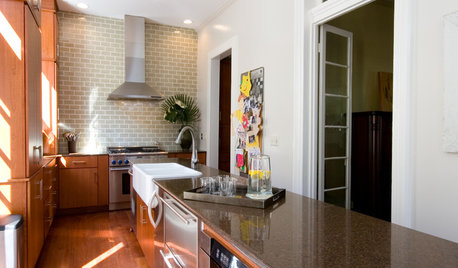
CEILINGSCeiling Fans: Some Spinning Sensations
How to Match Your Fan With Your Space and Keep Cool in Style
Full Story
KITCHEN APPLIANCESLove to Cook? You Need a Fan. Find the Right Kind for You
Don't send budget dollars up in smoke when you need new kitchen ventilation. Here are 9 top types to consider
Full Story
DECORATING GUIDESAre Ceiling Fans the Kiss of Death for Design?
Ceiling fans get a bad rap for being clunky and outdated, but these streamlined styles and a bevy of pros beg to differ
Full Story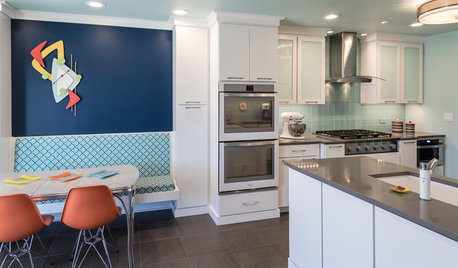
KITCHEN OF THE WEEKKitchen of the Week: Fans of Traditional Style Go For a ‘Mad Men’ Look
The TV show inspires a couple to turn their back on the style they knew and embrace a more fun and funkier vibe in their kitchen
Full Story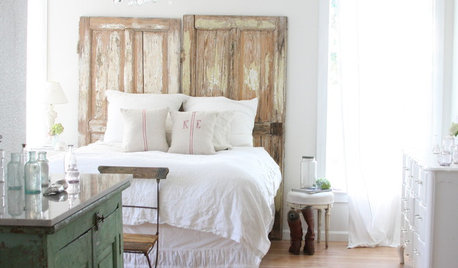
DECORATING GUIDES21st-Century Looks for Shabby Chic Fans
How to update a style that's been popular since the 1990s? With new colors, crisper lines and contemporary settings
Full Story
Guest Picks: Gifts for Bicycle Fans
Get your holiday shopping in gear with cycling-celebrating artwork, bedding, lighting and more
Full Story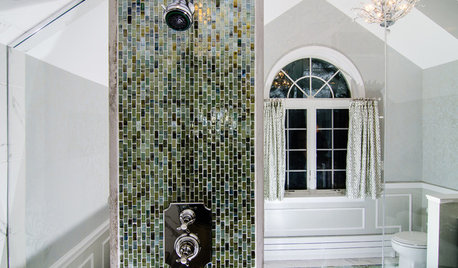
BEFORE AND AFTERSA Chilly Massachusetts Bathroom Gets the Hotel-Spa Treatment
Luxurious details including a steam shower and radiant-heat flooring create a relaxing private master bathroom for a couple
Full Story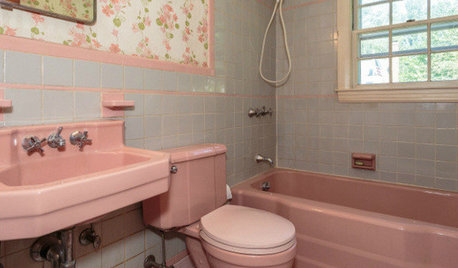
BATHROOM COLOR8 Ways to Spruce Up an Older Bathroom (Without Remodeling)
Mint tiles got you feeling blue? Don’t demolish — distract the eye by updating small details
Full Story


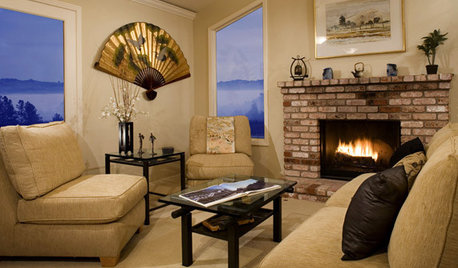
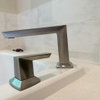
brickeyee